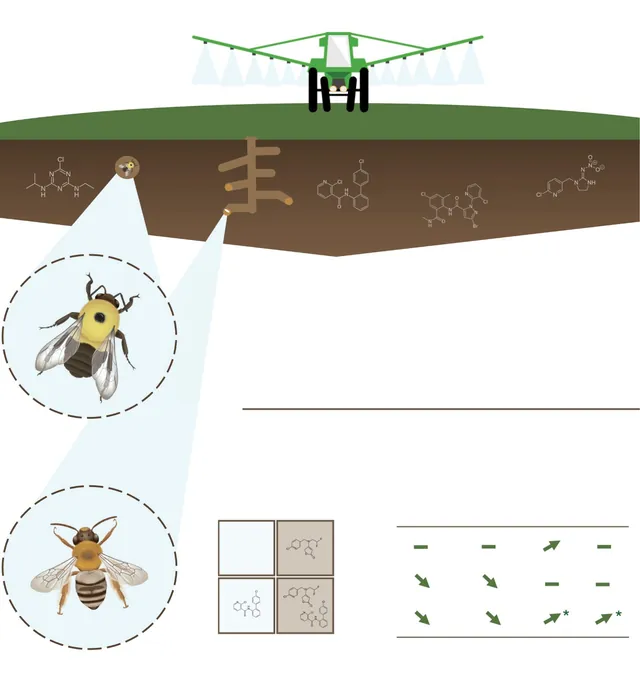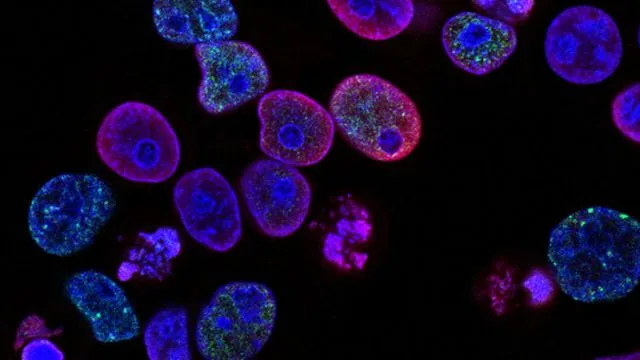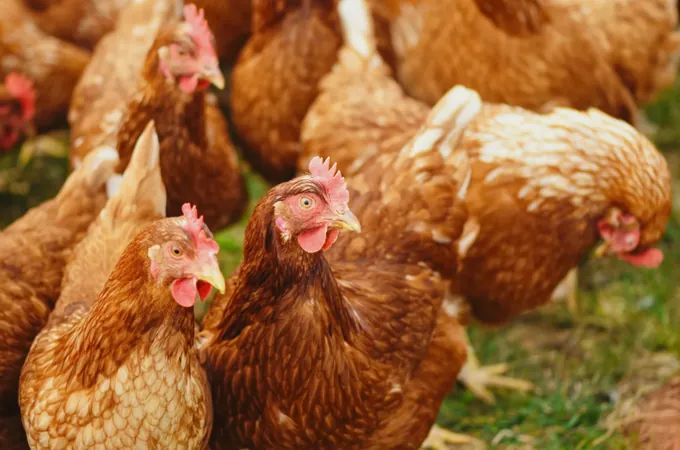
Bee Alert: Pesticides Threaten Over 70% of Wild Bee Species!
2024-11-18
Author: Jacques
Groundbreaking Study Unveils Disturbing Truths
A groundbreaking study has unveiled disturbing truths about the dangers that pesticides pose to ground-nesting bees, which play a vital role in pollination and global food production. As agricultural practices increasingly depend on chemical pesticides to shield crops, the unintended ramifications for these essential pollinators are becoming alarmingly apparent.
Emphasis on Reevaluating Pesticide Safety Regulations
The research, spearheaded by Sabrina Rondeau, an NSERC Postdoctoral Fellow in the Department of Biology at the University of Ottawa, emphasizes the pressing need to reevaluate pesticide safety regulations to protect these indispensable insects. Published in the prestigious journal Science, this study uncovers critical insights that could reshape our understanding of pesticide impact on wildlife.
Key Findings
Key findings from the study highlight that existing pesticide risk assessments, which primarily utilize honeybees as subjects, overlook the unique vulnerabilities of wild bees that nest in soil. “Our research indicates that over 70% of wild bee species, essential for pollinating our food crops, are facing significant perils from pesticide residues in soil — a danger current regulations fail to address,” Dr. Rondeau cautions.
Alarming Discoveries
Among the alarming discoveries are:
- Bumble bee queens may unintentionally gravitate towards pesticide-tainted soils, heightening their exposure during crucial overwintering periods.
- Certain soil pesticides, notably cyantraniliprole, compromise survival and reproductive success in bumble bee queens, which could have dire consequences for their populations and the ecosystems they support.
- Squash bees experience detrimental behavioral disruptions and reduced offspring production when exposed to combinations of insecticides and fungicides, raising red flags about potential population declines.
Remarkable Observations
Remarkably, the study noted that larger bumble bee queens, typically more resilient in surviving winter and founding successful colonies, appeared to be paradoxically more susceptible to pesticide harm. "This could create cascading effects on bumble bee populations," Dr. Rondeau warns.
Research Methodology
Utilizing a mix of field and laboratory experiments, the research began with assessing pesticide residues at optimal hibernation spots for bumble bee queens on Ontario farms. These field exposure estimates were crucial in understanding how these chemicals affect hibernating bumble bees and the hoary squash bee, a solitary species that nests in the ground.
Conclusion and Call to Action
"Our findings urge a crucial reconsideration of pesticide safety assessments if we wish to safeguard wild pollinators," concludes Dr. Rondeau. "This rethinking is vital for the preservation of our food systems and biodiversity."
This research highlights an urgent need for sweeping reforms in pesticide regulations to ensure comprehensive protection for all pollinator species, especially those nesting in agricultural soils. With over 70% of wild bee species at risk, we must act swiftly to safeguard these crucial partners in our ecosystem. Will policymakers heed the warning before it's too late?









 Brasil (PT)
Brasil (PT)
 Canada (EN)
Canada (EN)
 Chile (ES)
Chile (ES)
 España (ES)
España (ES)
 France (FR)
France (FR)
 Hong Kong (EN)
Hong Kong (EN)
 Italia (IT)
Italia (IT)
 日本 (JA)
日本 (JA)
 Magyarország (HU)
Magyarország (HU)
 Norge (NO)
Norge (NO)
 Polska (PL)
Polska (PL)
 Schweiz (DE)
Schweiz (DE)
 Singapore (EN)
Singapore (EN)
 Sverige (SV)
Sverige (SV)
 Suomi (FI)
Suomi (FI)
 Türkiye (TR)
Türkiye (TR)